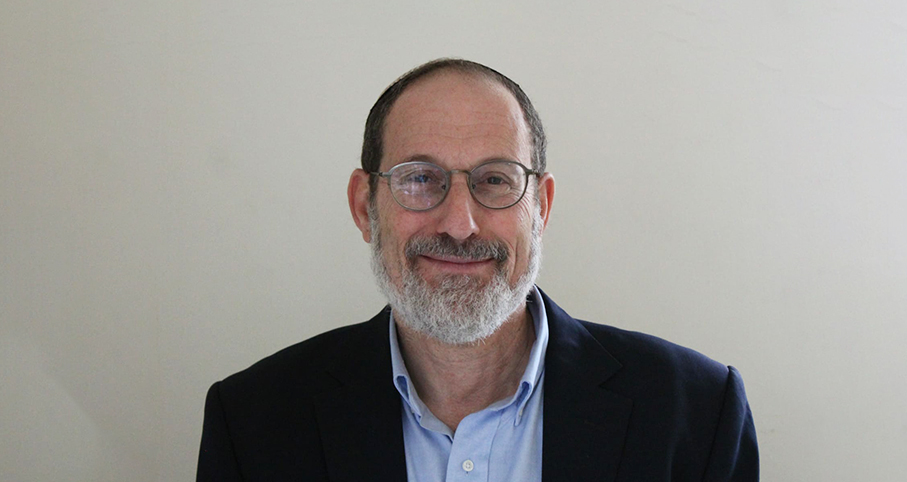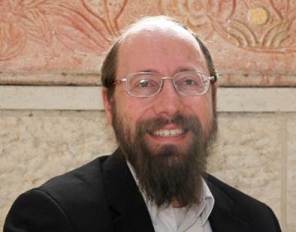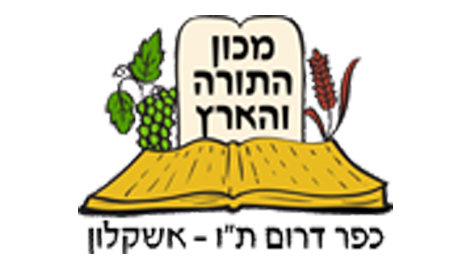Ask the Rabbi
Question
Hello,
I recently saw a picture of my Grandparents tombstone online. It was depressing and stark with only their names and dates of birth and death. It made me very sad to see it. Because I am a mosaic artist I decided to ask the cemetery director if I might make a mosaic memorial for them that might be placed near their graves. The idea is being passed onto the board. Because I know that only certain images are allowed in a Jewish cemetery I proposed I make the following mosaic after researching the history of Jewish gravestone symbols: A tree of life (The Tree of Life is a symbol of the Torah and holds great significance in Judaism. It represents the path in life towards God and also represents the cosmos or a map of the universe) surrounded by butterflies and birds (Birds symbolize the soul flying up to heaven; a butterfly can also represent this). Under the tree we find a lion and lamb lying next to each other (Lions and lambs lying next to each other allude to a passage from Isaiah about the heavenly peace that will follow the coming of the Messiah). They will be standing on a stack of books (a stack of books, is a common symbol and refers to scholarship. The person could have been a rabbi, a teacher, or a scientist.— my grandfather was a pharmacist). Also in the mosaic will be a a leopard, an eagle and a deer (these images evoke the words of Judah ben Teima, who was known to say, “Be bold as a leopard, light as an eagle, fleeting as a deer, and mighty as a lion, to do the will of your Father in Heaven.”) Somewhere there could be a pitcher of water (A gravestone marked with a pitcher of water is generally that of a Levite,— we are Levines!) and maybe a leviathan? (These include the image of Leviathan, the sea monster whose meat will be eaten by the Righteous after the coming of the Messiah. He is most often depicted as a snake twisted into a loop, swallowing his own tail. According to Jewish tradition, it symbolizes eternity and the immortality of the human soul.)
I have some questions. My mosaic will be bright and colorful. Maybe it will be a bench. In the Jewish tradition I read that headstones should look much like those around them so as not to offend those who cannot afford elaborate tombstones. My mosaic will not be on the tombstone, it will be a freestanding artwork place near my grandparents grave. Is this different? Do I need to worry that my artwork will offend others?
2. The only living son or daughter of my grandparents is my aunt who has disowned me, saying she will never speak to me again. I sent a letter telling her of my plan but I doubt she will open it. Do I need to make additional efforts to tell her of my plans? Can she decide how I am allowed to honor my grandparents? Should the board okay my idea but she objects because she hates me, must I forfeit my idea?
Thanks, Jennifer
Answer
Shalom,
Thank you for your question. A traditional gravestone is usually just as you have described it – very simple and plain, with just a name, and perhaps dates, of the departed. This is for several reasons. Firstly, so as not to create a situation where people of different means have better, or worse, graves. Secondly, in order to avoid a situation where people feel a need to spend a lot of money on the burial (which is expense enough as is). And lastly, because we believe that the best memorial for the departed is the living legacy they leave behind – good works, Torah, etc. The soul is in heaven – and we respect the dead body, awaiting revival of the dead, but the greatest memorial is the continued merit of doing good deeds in the name of the departed.
Because of all this, I assume that the cemetery board will have to think long and hard about your request. Of course, you do not want this mosaic to be the tombstone – rather a freestanding memorial. Still, many of the reasons I mentioned above apply.
On the other hand, if your memorial were to serve as a benefit for others, it would be a great thing. Perhaps there is a public space (not connected with the cemetery) that needs beautifying? Perhaps there is a park that needs a mosaic bench? Creating and donating to the community in memory of your grandparents would be a wonderful memorial. (If you wanted you could add a small sign that mentioned their names etc). Perhaps you could speak to the local Rabbi and ask if there is a particularly Jewish place that has a need for your mosaic skills - the synagogue, a Jewish school or old age center etc – where you could donate your bench, or redecorate the walls with your art. I believe that this would be a much better Jewish way of making a memorial – that is giving to others.
As to your aunt – one should always try to bring peace amongst relatives. It would seem that you should make at least three overtures to her. If she does not answer them, you are then free to go ahead on your own.
Blessings.
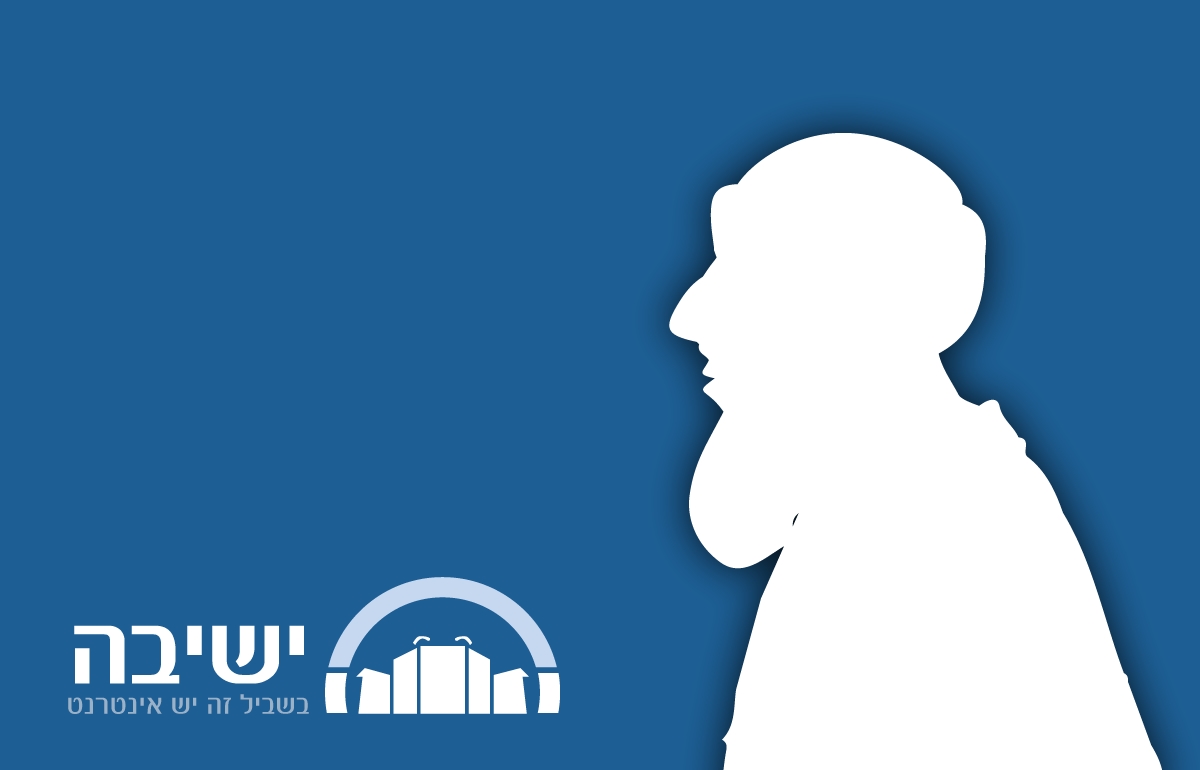
What to say for Arafat’s Death
Rabbi Chaim Tabasky | 14 Kislev 5765
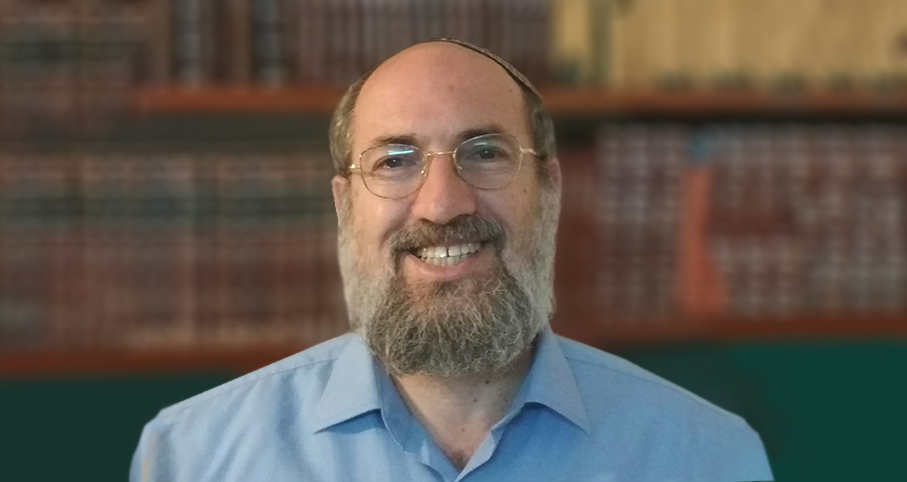
Question about "cavemen" iterations of humans?
Rabbi Ari Shvat | Kislev 19, 5786

Recording on Shabbat
Rabbi Elchanan Lewis | 20 Tammuz 5766
